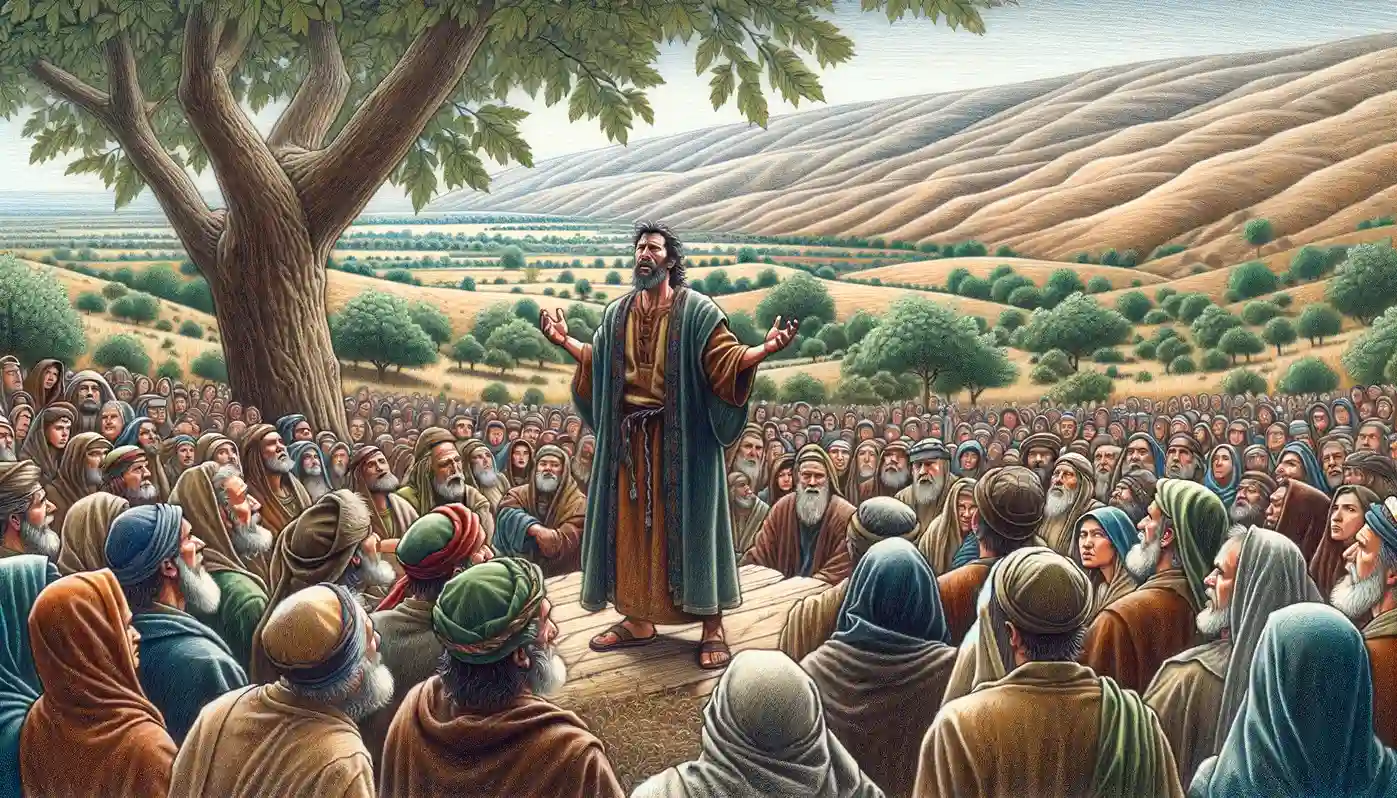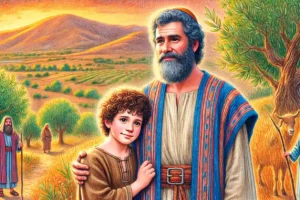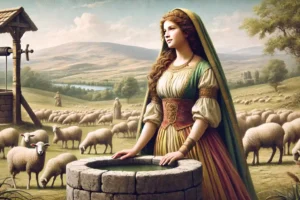
Amos: Prophet of Justice and Righteousness
Amos was a prophet from Tekoa, a small town in Judah, who was active during the reigns of Uzziah in Judah and Jeroboam II in Israel, around the 8th century BCE. Unlike many other prophets who were from priestly or noble families, Amos was a shepherd and a tender of sycamore figs before he received his calling to prophesy. His messages were directed primarily at the Northern Kingdom of Israel, where he spoke out vehemently against the social injustices and religious complacencies of the time.
Key facts about Amos include:
- Background: Amos was not trained as a prophet nor did he belong to any prophetic guilds; he described himself as neither a prophet nor a son of a prophet (Amos 7:14).
- Prophetic Ministry: His prophetic ministry likely took place around 760-750 BCE, a period of relative prosperity in Israel that was marred by deep social inequalities and idolatry.
- Major Themes: The core of Amos’ message was social justice, emphasizing the need for true piety and ethical behavior. He condemned the exploitation of the poor and the accumulation of wealth by the rich, warning of divine retribution for such sins.
- Famous Visions and Symbols: Amos employed vivid visions and symbols in his prophecy, such as a plumb line, a basket of summer fruit, and a locust swarm, each illustrating impending judgment from God due to Israel’s failures.
- Impact and Legacy: Amos’ prophecies had a profound influence on later prophetic literature, emphasizing the moral and ethical responsibilities of God’s people. His insistence on justice and righteousness resonates throughout biblical prophecy and has been pivotal in shaping the prophetic tradition within Judaism and Christianity.
The Book of Amos is a rich text that delves deeply into the issues of justice, righteousness, and divine judgment. Here, we can provide a more detailed analysis of its structure, themes, and theological messages.
Structure and Content
Amos is structured into several clear sections:
- Chapters 1-2: Oracles against the nations, including both Israel and its neighbors. Each oracle follows a formulaic proclamation of judgment for their transgressions, emphasizing the impartiality of divine justice.
- Chapters 3-6: A series of speeches and woes directed specifically at Israel, detailing the moral and religious failings of the nation. These chapters contain some of Amos’ most poignant critiques of social injustice and hollow religiosity.
- Chapters 7-9: Visions that Amos receives, each illustrating the inescapable nature of the impending judgment, but concluding with a promise of restoration and divine mercy.
Major Themes
Social Justice: Central to Amos’ message is the condemnation of social injustice. The prophet denounces the exploitation of the poor, the corruption of the courts, and the extravagant lifestyles of the elite at the expense of the needy (Amos 2:6-8; 5:11-12). This theme is foundational and points to a divine mandate for justice and righteousness in societal conduct.
True Worship: Amos sharply criticizes the religious complacency of Israel, where outward forms of worship are maintained, but the underlying moral demands of the covenant are ignored (Amos 5:21-24). The call for justice to “roll down like waters, and righteousness like an ever-flowing stream” (Amos 5:24) is a powerful demand for ethical purity in religious practice.
Divine Judgment and Sovereignty: The prophecies of Amos affirm God’s sovereignty over all nations, not just Israel. This universal control underscores the impartiality of God’s judgment and the global scope of divine moral order (Amos 9:7-8). Amos teaches that God holds all peoples accountable to the same standards of justice and righteousness.
Theological Implications
Covenant Responsibility: Amos reinforces the idea that the covenant between God and Israel is not merely ritualistic or ceremonial but fundamentally moral and ethical in nature. Israel’s election by God comes with responsibilities, particularly the mandate to practice justice and righteousness.
The Role of the Prophet: Amos’ background as a shepherd and farmer rather than a religious official challenges traditional views of prophetic authority. His outsider status emphasizes that the call to prophetic ministry comes from God alone and that God can choose unlikely individuals to deliver divine messages.
Hope and Restoration: Despite the harshness of Amos’s judgments, the book concludes with a vision of restoration and renewal (Amos 9:11-15). This ending points to the depth of God’s commitment to not only justice but also mercy and redemption.
Conclusion
The Book of Amos offers a profound critique of any society where inequality and injustice prevail, reminding believers of the essential connection between worship and ethical living. It challenges readers to reflect on their own societal contexts and the ways in which they might better embody the covenantal demands of justice and righteousness. Through Amos, the scripture vividly portrays the dangers of complacency and the unending relevance of divine moral law.



